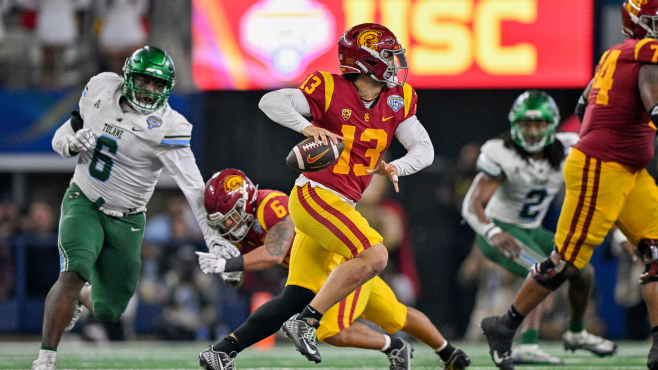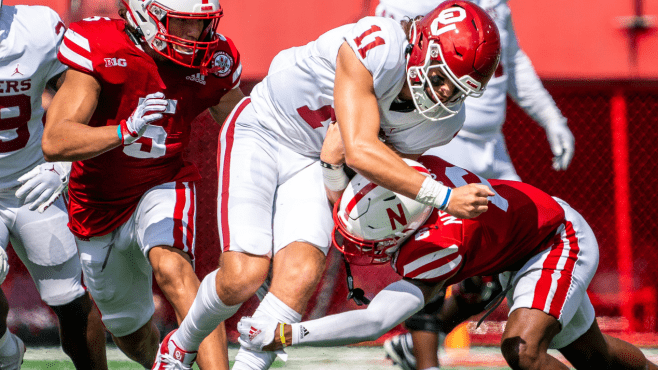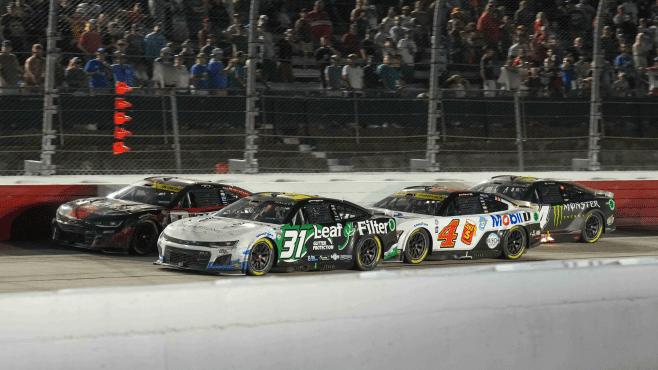
The sport of college football has been played for well over a century in the United States. Within that time frame, the regionality of the sport emerged, creating passionate rivalries and pageantry, and a unique mystique within the game itself. Those themes have been present throughout the sports’ evolution which has only grown in size over time.
College football and collegiate athletics in general have also seen their fair share of restructuring over time. Conferences have come and gone, expanded, shrunk, and expanded again. There have even been splits within the Division I level into I-A and I-AA (Now known as FBS and FCS).
Previous groups of realignment have not been completely free of geographical dilemmas. Regional rivalries such as Texas-Texas A&M (who are ironically now returning to the same conference) and Oklahoma-Nebraska went by the wayside as conferences secured new teams. But while some rivalries came and went, the general regional make-up of college football still existed.

The West Coast had the PAC-12. The East Coast, the ACC. The southeast had the SEC, the north had the Big Ten, and so on. While the geography of it all was not perfect, it generally made sense. And what it did beyond make sense was create identities, stylistic differences, and a system that forced us to wait long periods in order to get the matchups we wanted to see. How would a west coast offense from the PAC-12 fare against the stout trench play of a team from the Big Ten? We always got to find out in the Rose Bowl.
The most recent rounds of realignment have slowly taken this aspect away. UCLA and USC left the PAC-12 for the Big Ten. The PAC-12’s inability to secure a TV contract left it vulnerable, and more schools left. The final straw even included Stanford and California leaving for the ACC, a conference on the complete opposite coast of the country.
Aside from the complete practicality of it, it leads us further towards a few super conferences and an “NFL-Lite” in which the sport has 50 or so teams and mimics a different version of precessional football. Personally, I think that would be a far less enjoyable product, just as Minor League Baseball and the NBA’s G-League are not as intriguing as their parent organizations.
Dollars and cents are what makes the world and this sport go around. So while it is not entirely surprising, I do think it may be a mistake fairly similar to the ones made by another major sport entity in this country.
NASCAR was an American creation that began over 70 years ago. It grew in popularity over time, and eventually became one of the most popular sports in the country, particular in the southeast region. The 1990s saw stars like Dale Earnhardt emerge and the sport exploded throughout that decade and into the early 2000s. Even after Earnhardt’s unfortunate passing, the sport continued to boom.
Naturally, those in power looked to expand and bring it to as many different locations as possible. However, rather than using the regionality and culture that helped lead to the sport’s popularity, NASCAR began to slowly pull away from its roots. Legendary tracks like North Wilkesboro and Rockingham that had been there since the beginning lost the chance to host races in favor of new tracks that were being built across the Midwest and beyond.
It is not that some of these weren’t good ideas, but rather the over saturation of expansion that also alienated the grass roots fan of the sport that was the big misstep. According to sportsmediawatch.com and Sports Business Daily Ratings for the Daytona 500, showed a marked decrease around the 2008 time frame.

It has taken more than a decade for the sport to start revisiting some of the decisions they made and be open to changing for the better. North Wilkesboro has been restored and the series went back there this year. It seems they are finally willing to try to not only innovate with new ideas, but circle back to some of the original draw of the sport.
I have little doubt that college football is going to continue to consolidate, realign, and change. Not all change is a bad thing. It was not all that long ago we were simply voting on a champion rather than deciding it on the field. However, I fear that some of the same mistakes NASCAR made are being made by the sport I love the most.
I suspect that 10 to 15 years down the road, when the dust settles on college football’s realignment, those in charge may be saying “this isn’t what we really wanted.”
Dawson Eiserloh is the co-host of “RP3, D-Loh & Meche” which is broadcast weekdays (11-1) on ESPN 103.7 Lafayette and 104.1 Lake Charles — Southwest Louisiana’s Sports Station.

